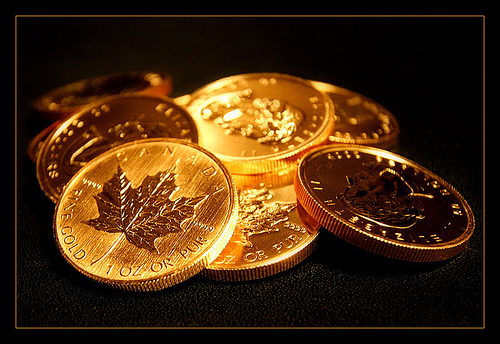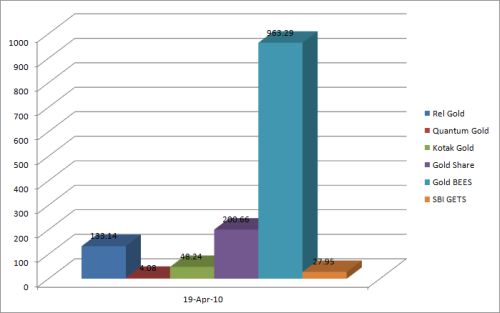Talwalkars runs several gyms and a lot of you might know them as the premium gym people. They are coming out with an IPO that opens tomorrow and closes on April 23rd. The price band has been set between Rs. 123 and Rs. 128, and the issue has been graded 3 out of 5 by CARE.
What is interesting about the issue price is that Talwalkars has issued shares in the last 12 months, which is lower than this price.
In October 2009 – they issued 291,339 shares at Rs. 635 each. Before you get too excited about getting something worth 635 in 128, know that they issued bonus shares – 7:1 in Nov 2009, and that means that the effective price is just Rs. 79.375, not Rs.635.
I am curious to know why they issued shares at a higher price and then gave out a bonus in about a month, and also if the people who were subscribing to these shares at Rs.625 knew that a bonus was coming in a month. If anyone knows the answer please leave a comment.
On to the business itself – Talwalkars own and operate gyms in India – in a market that is largely dominated by unorganized sector – Talkwalkars has established a brand name for themselves, and people associate them with a premium gym. They have been in the gym business for a long time now, and the first gym was set up by the late Mr. Vishnu Talwalkar in 1932 in Mumbai. Currently, Talwalkars operate 58 health clubs in 28 cities with 55,000 members. The chain has been growing of late with revenues of Rs. 594.22 million in 2009, Rs. 384.98 million in 2008, Rs.222.88 million in 2007, and Rs. 102.54 million in 2006. The company has turned in a profit for all those years too, with Rs. 56.87 million last year, Rs. 45.17 million in 2008, Rs.10.94 million in 2007 and Rs.4.20 million in 2006.
The diluted EPS for the year ended March 31, 2009 was Rs. 3.61, and based on that the P/E multiple comes out between 34.07 and 35.46. That’s a bit on the higher side, and these numbers are pulled from the prospectus and don’t take into account the new shares that will be issued, and how they will lower the EPS going forward.
Object of the Talwalkar IPO
Talwalkars is coming out with this IPO to raise money to repay their existing debts, and fund future expansion. They have earmarked Rs.502.20 million to fund expansion, and Rs. 205.92 million to repay existing debt. They want to add 27 health clubs by the end of 2011, and these IPO proceeds will help in that.
What caught my eye was that they were raising these funds to pay off unsecured debts, even when the balance sheet shows that they have secured loans of Rs.509.28 million as on March 31 2009, as against unsecured loans of Rs.303.34 million on the same date.
The fact that most of these unsecured loans are granted to the company by promoter groups goes a long way in explaining this action.
These were some interesting things that caught my eye while looking at the Talwalkar IPO, and will hopefully help you make a final decision when you consider this IPO.




